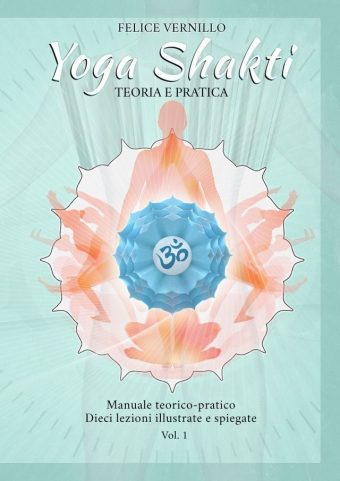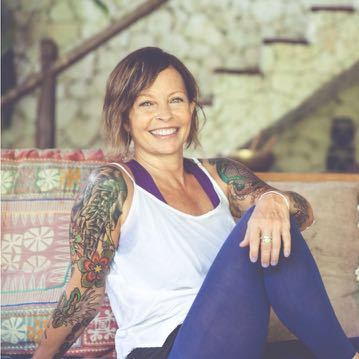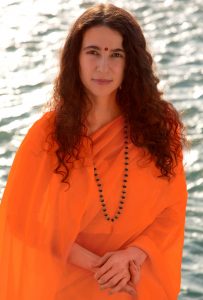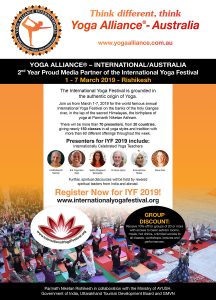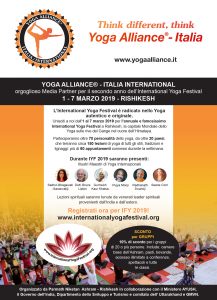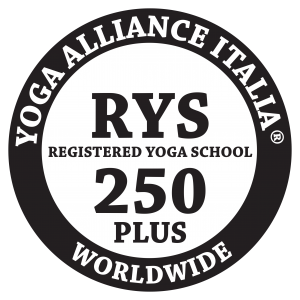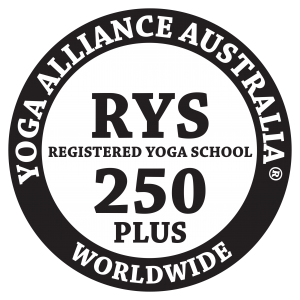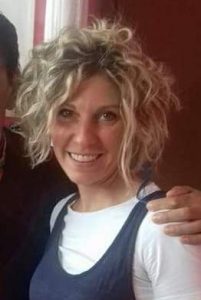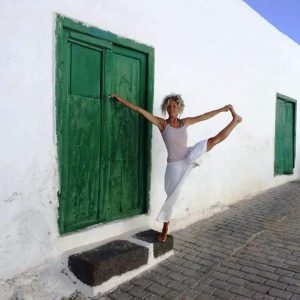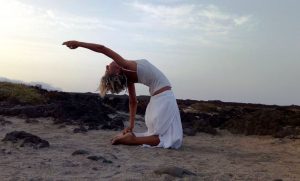Anxiety disorders, which include panic disorder, are the most common class of mental disorders present in the general population. The estimated lifetime prevalence of any anxiety disorder is over 15%, while the 12-month prevalence is more than 10%. One study estimated the annual cost of anxiety disorders in the United States only to be approximately $42.3 billion in the 1990s.
Specifically, panic disorder, whose key element is an increase in anxiety level, is also a common mental disorder with significant clinical manifestations and socioeconomic impacts. Panic is characterised by the repeated occurrence of discrete panic attacks that features a variety of physical symptoms, such as rapid heartbeat, hyperventilation, perspiration, dizziness, dyspnea, trembling, and uncontrollable fear (fear of losing control and going crazy, fear of dying).
Between attacks, patients might also develop persistent apprehension or anticipatory anxiety, regarding the possibility of another attack. In addition, about one-half of these patients eventually develop agoraphobia.
The magnitude of the short-term societal costs of anxiety estimate in recent studies is surprising. Greenberg et al. estimated that the annual total societal costs of active anxiety disorders in North America alone over the decade of the 1990s exceeded $42 billion.
This estimate excludes the indirect costs of early-onset anxiety disorders through adverse life course outcomes (e.g., the documented effects of child–adolescent anxiety disorders in predicting low educational attainment and consequent long-term effects on lower-income) and through increased risk of other disorders (e.g., anxiety disorders predicting the subsequent onset of cardiovascular disorder). Therefore, it has become urgent the need for effective low-cost strategies that provide the right tools for patients to cope with anxiety themselves, in order to reduce the economic cost of mental disorder in society.
WHAT IS ANXIETY
Anxiety is an emotion that, in itself, would not be inadequate to feel because it is a necessary response to stress. Anxiety is a defensive mechanism aimed at anticipating the perception of danger even before it has clearly manifested itself, it sets in motion physiological mechanisms that lead to exploration, to identify the danger and address it in the most appropriate way.
In the course of daily life, situations that activate anxiety are frequent. In most cases, they resolve themselves positively. Overcoming these experiences, as a physiological phenomenon, represents a fundamental element in the development and maturation of the personality. If, however, we are unable to overcome positively (by deactivating the defence mechanism) a situation of real danger, that is, if the state of alarm does not correspond to a real danger to be faced, anxiety becomes an inadequate or unrealistic response, assuming the connotation of a real psychic disorder. Instead of representing an element of growth and maturation, it becomes an element of the disintegration of the personality.
Integration and adaptation to the external environment are regulated by the nervous system. The nervous system is similar to the hardware of a computer, like a computer, the nervous system analyzes data from outside and inside and then distributes information to various districts and apparatuses.
The functions of the nervous system are:
– Providing sensations about the internal and external environment
– Integrating sensory information
– Coordinate voluntary and involuntary activities
– Adjust and control peripheral structures and equipment
THE ANXIOUS PERSON
Feeling anxious is unpleasant. You feel like people different from everyone else, inadequate, strange, those who suffer from anxiety try to hide it, often you are teased by other people. The anxious person lives himself as a person different from others, represses his fears by taking refuge in his loneliness, the manifestation of this state is to restrain his breath.
The breath represents an access door, it is the connection between the inner world and the outer world. It represents a bridge between the heart and the brain, that is, between the deep, emotional part and the rational cerebral part. It is a key to access the labyrinths of the unconscious. In moments of anxiety and fear, as an act of protection, the breath becomes superficial (almost freezes), the body stiffens the muscles contract.
When the anxiety takes over, the breathing accelerates and increases the anxiety itself. There is an increase in oxygenation of the blood, too high a level of oxygen in the blood prevents the tissues from absorbing the oxygen they need. It seems a paradox, yet too high levels of oxygen in the blood, do not allow the tissues to receive the oxygen they need, while on the contrary, a higher level of carbon dioxide, would allow the oxygen to pass through the tissues.
The Study observed significant improvement in panic symptomatology following both the practice of yoga and the combination of yoga and psychotherapy.
Scientific search results: https://www.ncbi.nlm.nih.gov/pubmed/25538634
YOGA FOR ANXIETY
Yoga acts on both the outer and inner spheres of the human being. Yoga is able to recompose the state of dispersion and tension, integrating all the systems: the bodily, emotional and mental system. The ultimate goal of yoga is to sever the connection with what causes suffering.
The yoga practice normally taught concerns the practice of technique. Yoga applied as a resolution of anxiety, on the other hand, must be oriented towards the individual rather than the technique. When we speak of an individual we mean an indivisible being made up of:
1- a material body
2- a functional body
3- an emotional body
4 – an intellectual body
5- an existential body
We move from the material, visible, to the invisible, immaterial, thinner aspect
Yoga applied against anxiety is different from any other therapy. In conventional therapy it exists:
1- The Therapist
2 -The Technique
3- The Patient
During medical therapy, the person can be treated, consciously or unconsciously. With yoga it is we who treat ourselves: the path is individual. The yoga teacher is not a doctor who does everything for us.
The yoga teacher only acts as a guide (this explains why it is not enough to bend well to be a yoga teacher).
In yoga, each individual has to take responsibility. With yoga, we can only work with a conscious person who actively participates in their “treatment“. The essence of yoga applied as anti-anxiety is based on the use of the only function of the body that we can modify and experience with the will: breathing.
Pranayama, the yoga practice that uses breathing. But pranayama cannot be considered as a simple breathing exercise, it is a deliberately controlled breathing. It has as its purpose the control of the upper brain centres.
In the ancient yoga text Hatha-Yoga Pradhipika cap.II v.2: “When the breath is irregular the mind is unstable, but when the breath is quiet so is the mind”.
So learning to breathe properly in a deep way helps our body to function better, helps our mind to have more clarity and greater control over our emotions, especially over emotional states such as stress and fear.
To be effective, yoga must be practised in its entirety. Integral yoga consists of both external practices, on the muscles, on the joints (Asana) and on the organs (Pranayama), on the mind (Meditation) that is.
In yoga what is really important is the inner aspect, to reduce the suffering of the person is necessary an inner workable remove the cause of anxiety, not a kind of temporary sedative that soothes the symptom. The whole of the practice of Asana, Pranayama and Yoganidra is what can lead to a new consciousness, to the awareness of being but also of power, of one’s own strength, an inner force that takes us beyond fear and anxiety.
Given the relationship between breathing and mental states, for a yoga teacher it is essential to know how pranayama works in the human being, even before knowing the techniques of pranayama. Especially when dealing with anxious students, who are becoming more and more frequent today.
Practising and knowing in-depth pranayama, for the yoga teacher, today is the ingredient to make a yoga lesson truly healthy.
Om Shanti
Felice Vernillo (Arjun yogi) owner https://www.shaktiyoga.it/ Author of Books of Yoga https://www.shaktiyoga.it/shakti-yoga-books.html
